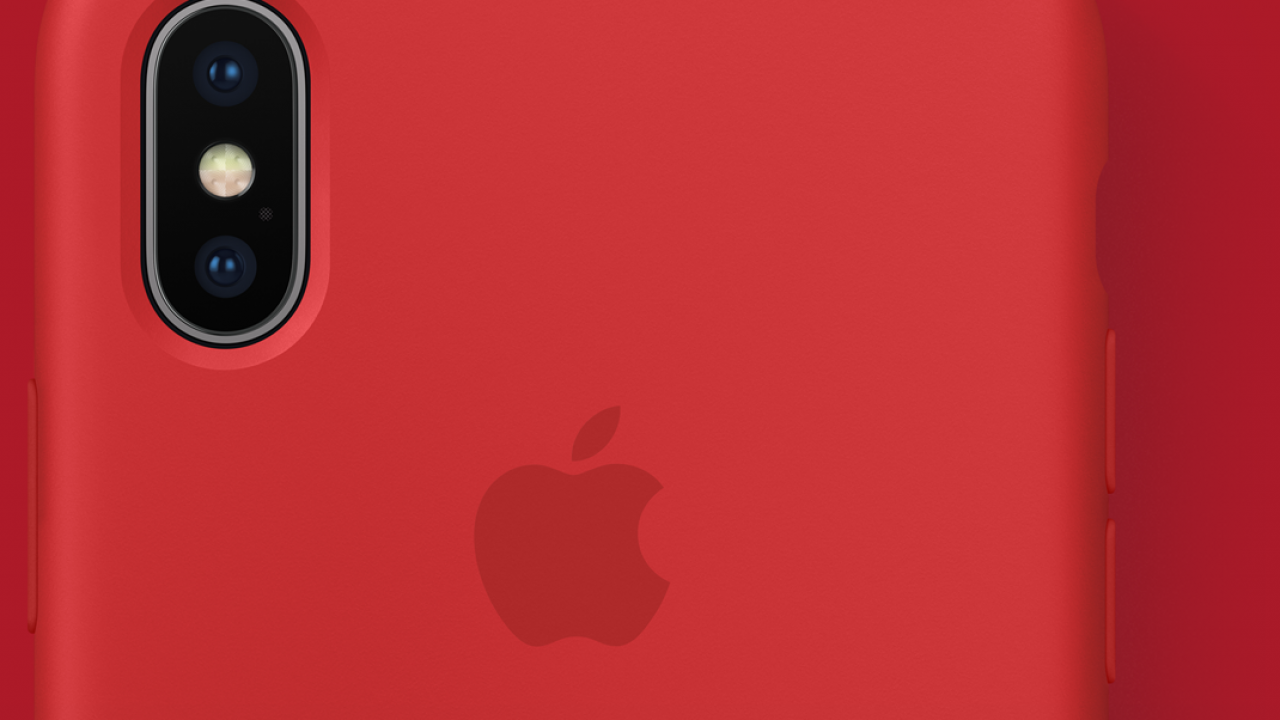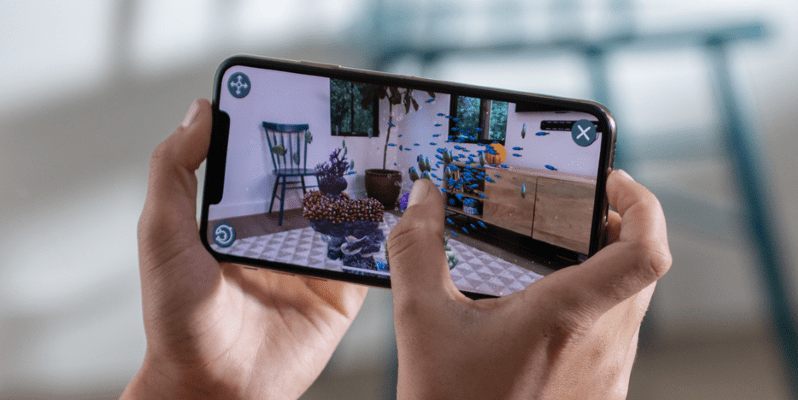Apple’s Wireless Industry War
Article By : Jim McGregor

As Qualcomm dispute hits courtrooms, the wireless industry as a whole faces changes
As the Apple-Qualcomm feud escalates, the fate of the entire wireless industry may hang in the balance. The battle between Apple and Qualcomm is heating up as the U.S. FTC investigation and legal battles in China, Germany, and the U.S. go to court over the next few months.
But in all the rhetoric and news coverage, it’s easy to forget the real issue and what’s a stake. The real issue is the intellectual property (IP) licensing model and the associated licensing rates of the wireless industry. And, what’s at stake is the rate of investment and innovation.
This is not a battle solely with Qualcomm, but with the entire wireless industry. As one of the leading innovators and IP licensors, Qualcomm is neither the first nor the last to be an Apple target.
Patents represent intellectual property. In many cases, IP is held proprietary as a competitive barrier and not licensed to other entities. If a company infringes on the IP, the holder may seek compensation or other actions through legal means.
In some cases, IP holders choose to offer the IP to anyone without compensation. This is often done to establish an open-source hardware or software standard. And in other cases, the IP holder chooses to license the IP to a specific part of the value chain or possibly all parts of the value chain.
In the case of semiconductors, IP is typically licensed from the IP holder to the semiconductor vendor. In the wireless industry, however, IP is licensed to the ODM or OEM — essentially those building the end device whether that be a smartphone or a car.
This licensing model was pioneered by the early wireless vendors like Ericsson, Motorola, and Nokia. While the industry has changed from the early days of wireless, the licensing model has enabled an unprecedented level of innovation.
The average smartphone may leverage several million patents that range from the wireless network technology used for communications to the user interfaces and applications running on the phone. More importantly, it has allowed anyone and everyone to innovate on what is now the most prevalent computing and communications platform in the world. In terms of semiconductors, it has allowed any semiconductor company to enter the market without fear of reprisal from IP holders and/or competing semiconductor companies.
In the early days of the smartphone, TI was a leader in mobile SoCs and there where more than a dozen semiconductor companies looking to enter the market. Over time, many of the companies like Intel, Freescale, Nvidia and TI dropped out of the market while others like MediaTek and a host of Chinese startups entered. In addition, OEMs like Apple, Huawei, and Samsung, the three global leaders in smartphone shipments, began designing their own SoCs.
During the same period, mobile SoCs have approached the performance of PC processors, wireless interfaces have matched or exceeded those of wired interfaces, and — through the integration of new technology and applications — smartphones have become the primary device for taking pictures, capturing video, playing games, watching movies, electronic communications, and social networking for more than half the global population. The number of smartphones in use has even surpassed the global population. This is all a direct result of the innovation enabled by this unique licensing model.
Apple has benefited greatly from this model. While Apple is arguably a technology innovator, especially in device and platform design, Apple was a latecomer to the smartphone market and did not have its own wireless technology. Apple, like many tech companies, prefers to be in control of all the technology it uses — something we often refer to as “not-invented-here” syndrome. Over time, Apple has developed or aggressively acquired IP and technology, but is still not a key contributor to the core wireless technology at the heart of the wireless industry.
This core technology is licensed to the device manufacturers and is referred to as standard essential patents (SEPs), but there are millions of other non-essential patents that also contribute to the form and function of smartphones. SEP IP holders agree to license the technology under fair, reasonable, and non-discriminatory (FRAND) terms. At a bare minimum, device manufacturers are required to license SEPs and may also be required to license other non-essential patents from IP holders.
Apple’s issue is with the royalties it pays through its partners for IP, particularly SEPs. Tirias Research estimates that Apple pays less than $20 per iPhone for the use of millions of patents to all the IP holders. This represents billions of dollars of R&D investments by companies and accounts for less than 2% of the cost of the iPhone X. In addition, these rates have come down over time, even as the overall pool of patents has increased.
But every dollar Apple brings the cost of IP down can account for over $200 million in profits on an annual basis. Apple is also seeking to change the licensing models through its complaints to regulators around the world by requiring the semiconductor IP licenses to be pushed to the chip vendors, not the OEMs (Note that Apple is not the only OEM seeking this change.)
This could force all IP holders to direct licensing to specific segments of the smartphone value chain rather than to aggregating at the end device. Combined, a significant reduction in the license rates and a change to the license model could have a tremendous impact on the wireless market.

Apple’s iPhone XS.
The license rates have been set essentially by the market over a long period of time and they continue to change with the market over time. By trying to push regulators or the market to reduce rates for Apple and the rest of the industry could significantly impact the investment in future R&D.
The change in the licensing model, however, could have an even greater impact. If every IP holder sought license/royalty fees from every part of the value chain, the average smartphone would cost multiple times more than it does today and it may discourage new vendors at every level of the value chain to enter the market. Overall, this would reduce innovation and likely hurt consumers through both device pricing and access to or the rate of new technology.
Over the past few weeks, U.S. District Court Judge Lucy Koh has issued a preliminary ruling that Qualcomm must license to other chip vendors even though many other government bodies around the world have upheld the license model and the license rates. This could ultimately be overturned through an agreement with the FTC or through an appeal.
To counter this regulatory attack, Qualcomm has filed for patent infringement and has won decisions with the U.S. ITC and a court in China, which also resulted in an injunction to ban the import of most of the current iPhone models into China. These decisions could also be overturned on appeal.
But, the culmination of these decisions and their potential financial impact on the two parties is likely to push the parties to settle their disputes in the coming months. While it is too early to determine the outcome, the fate of the wireless industry still hangs in the balance.
Subscribe to Newsletter
Test Qr code text s ss


